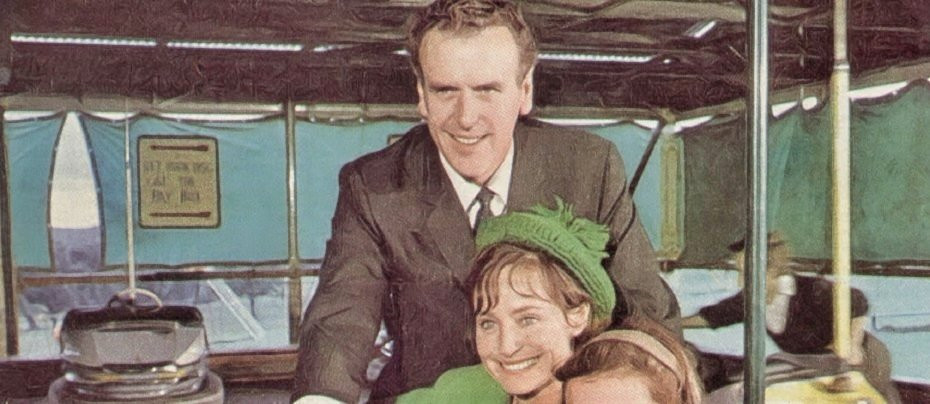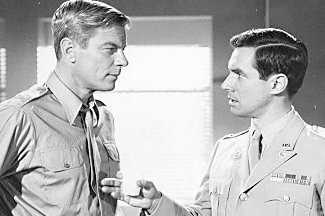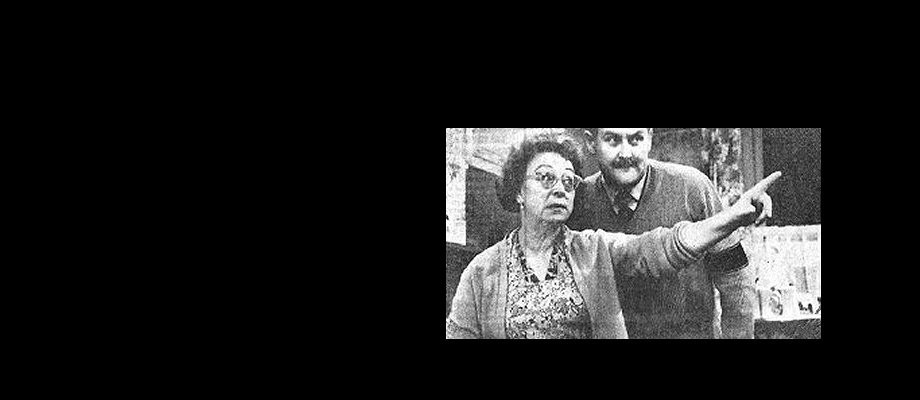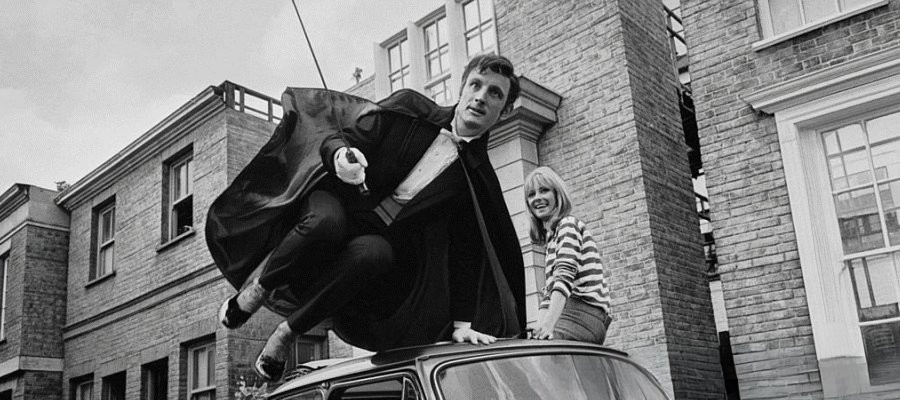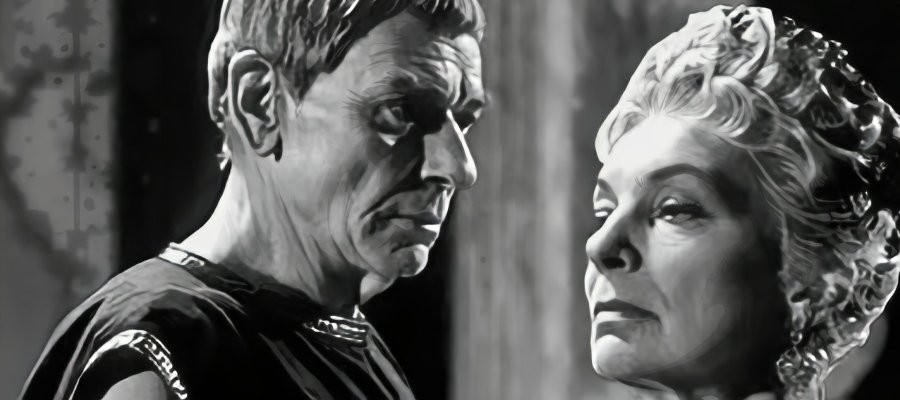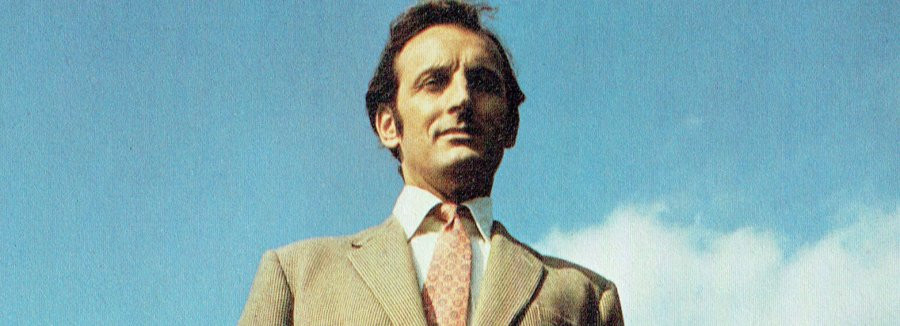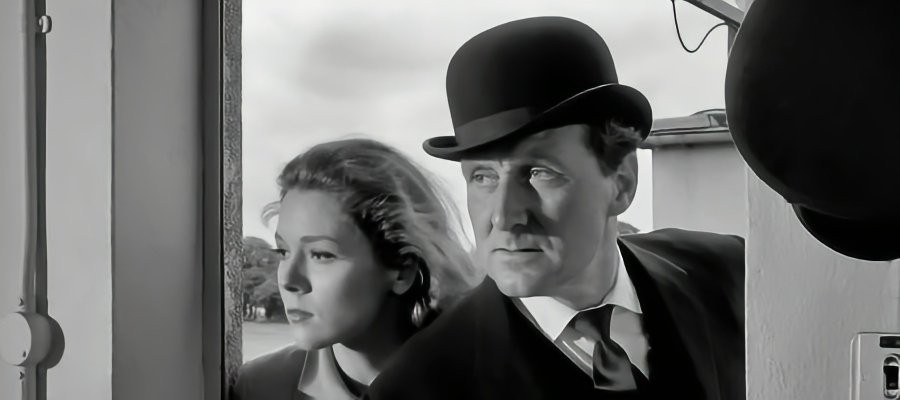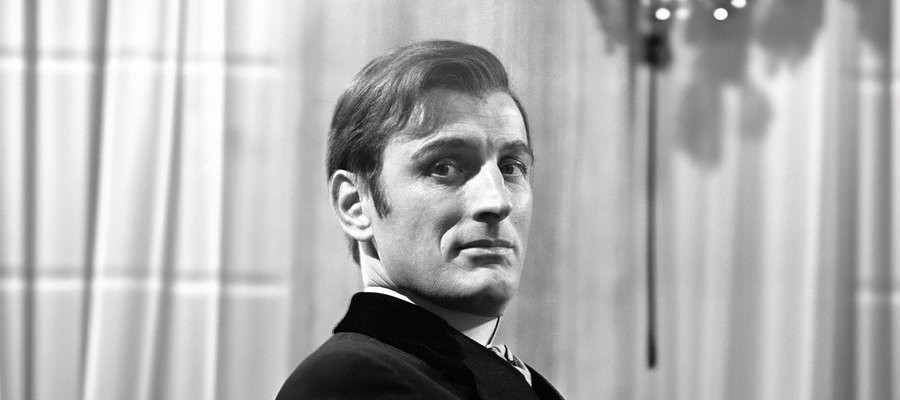
A Vintage Year for Scoundrels
Adam Adamant Lives! – The Cult Classic That Nearly Didn’t
Long before it became a cult favourite, Adam Adamant Lives! faced one of the rockiest roads to broadcast in BBC history. The dashing Victorian adventurer with a swordstick and disdain for modern manners was never meant to exist—at least, not in the form we remember. In fact, the series that finally aired in 1966 was the result of a tangled web of rewrites, re-castings, production delays, and creative reinventions.
The original concept came from Sydney Newman, then Head of Drama at the BBC and a man with a proven track record. Doctor Who, after all, was his brainchild. Newman’s plan was to revive the legendary Victorian detective Sexton Blake, launching him into the 1960s. No longer accompanied by faithful sidekick Tinker, this updated Blake would work alongside Tinker’s granddaughter, Edwina Carter. The tone? Witty, satirical, and knowingly out of step with the modern age.
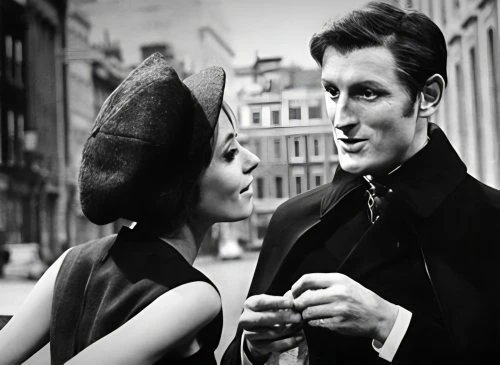
The storyline would see Blake frozen in 1895 by his nemesis, Von Kessel, only to be revived seventy years later and invited to run a detective agency by Tinker’s son. Writer Ray Roberts, who had written scripts for The Avengers and would go on to co-create (with Anthony Marriott) Public Eye, outlined a two-part opener—Sexton Blake Dies (1895) and Sexton Blake Lives (1965)—but development hit a snag when writer Roger Marshall turned down the project. Terence Dudley stepped in, only for further complications to arise.
As it turned out, the BBC might not have had the rights to Sexton Blake after all. Though it would be two more years before Rediffusion’s Sexton Blake series hit screens, Newman and his team decided to act fast. A backup plan was put into motion—writer Philip Chambers was commissioned to create a new hero, “Dick Daring”, in a series to be called The Queen’s Surgeon. Unfortunately, Chambers fell ill, delaying the project again.
Enter Verity Lambert. Fresh from shaping Doctor Who, she was offered the chance to take over production in July 1965. When she was given the same brief for Doctor Who, she complained that it was too far down the line to make any drastic changes. This time, there were no creative constraints. Given a blank slate, Lambert opted for a bold new format: a Victorian gentleman detective, frozen in time and revived in 1966. Names like Matthew Chance and Jack Noble were tossed about, but no character had yet fully formed.
Writer Richard Harris (The Plane Makers) was tasked with writing the pilot. His take? A new hero, Magnus Hawke, battling a sinister villain known as The Voice, who plotted world war by assassinating the German Emperor (Deutscher Kaiser) on a state visit to England. After thwarting the plan, Magnus is captured, drugged, and frozen. However, The Voice wants to revive Magnus in the 1960s so he can gloat over what he has achieved – two world wars and a country under his control.
Revived in 1966, to a drastically changed world, Magnus has to convince the police from his hospital bed of his noble intentions, and they accept his story, but only after there are several attempts on his life. Eventually, Magnus meets a young lady who he begins to admire despite being unsettled by her modern ways, only for the two of them to be lured into another trap. Though the idea was strong, Lambert disliked several scenes, especially the hospital assassination attempts. For reasons that are unclear, Lambert decided that rather than let Harris rewrite parts of the script, a new one should be commissioned from Donald Cotton.
Cotton retooled the story, calling his lead “Tom Devises” (later reverting to Magnus Hawke), and introduced a new villain, The Face. Hawke’s frozen body is found on a building site; he survives a murder attempt, thanks to the help of a plucky fan named Sandy. In the climax, The Face kidnaps the Home Secretary to force Hawke’s hand. Hero, villain, damsel, and jeopardy—all the ingredients were there.
At this point, actor Nigel Davenport was approached to play Magnus. Consideration was given to the actress to play Sandy, now renamed Georgina, and the names bandied about included Rita Tushingham, Wanda Ventham, Jane Asher, Jennie Linden, Hannah Gordon, Francesca Annis and Anneke Wills.
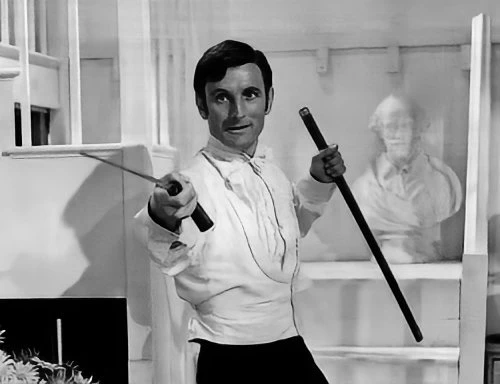
Nigel Davenport turned it down. Denis Quilley passed too. Finally, Gerald Harper accepted, and the hero was officially renamed Adam Adamant. Peter Ducrow would portray The Face, and Georgina would be played by Ann Holloway (Father, Dear Father). Or so it seemed.
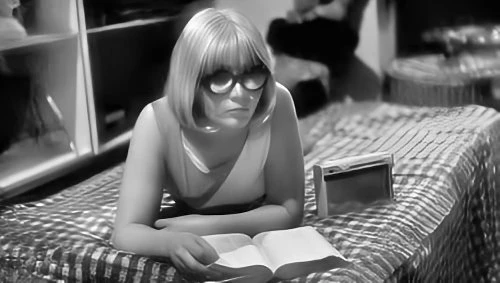
A further delay arose when the pilot’s recording clashed with BBC drama The Spies. Director William Slater, working on both shows, used the extra time to push for more changes. He found Adamant’s persona lacking and asked Cotton to make further tweaks.
With the requested changes made, rehearsals began on 10 March 1966, with filming starting four days later. But things remained chaotic and scripts were still being reworked as studio cameras rolled. The pilot was completed nonetheless, with a theme tune by Andee Silver and Dave Lee.
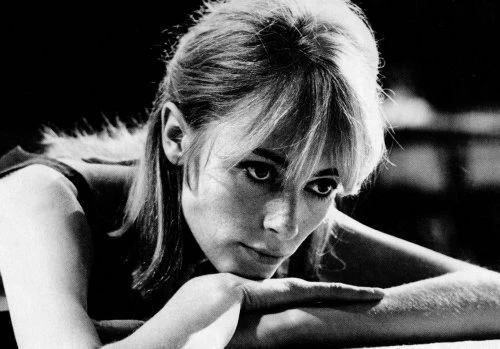
Despite all the effort, Lambert was unhappy with the pilot. Only the first nine minutes were kept; the rest was scrapped at a cost of £4,000. The show’s title—now officially Adam Adamant Lives!—was locked in. Ann Holloway was replaced by Juliet Harmer as Miss Georgina Jones, and a new, Bond-style theme tune was recorded by singer Kathy Kirby.
The revised pilot, A Vintage Year for Scoundrels (which had also undergone several title changes), was shot on 35mm film in May 1966—ditching the original pilots videotape format. It finally aired on Thursday 23 June 1966, standing in as a summer replacement for The Man from U.N.C.L.E.
Even then, fate wasn’t finished with Adam Adamant Lives!. Around twenty minutes into its debut broadcast, the film broke. Technicians scrambled to repair the reel, and the show resumed almost immediately.
In spite of its bumpy beginnings, the series became a cult favourite, admired for its stylish design, theatrical hero, and sly critique of 1960s modernity. It may not have been the Sexton Blake revival Newman imagined—but it was unmistakably something unique: a Victorian icon for a modern age, swordstick in hand, facing the future.
Published on July 1st, 2025. Written by Laurence Marcus for Television Heaven.


